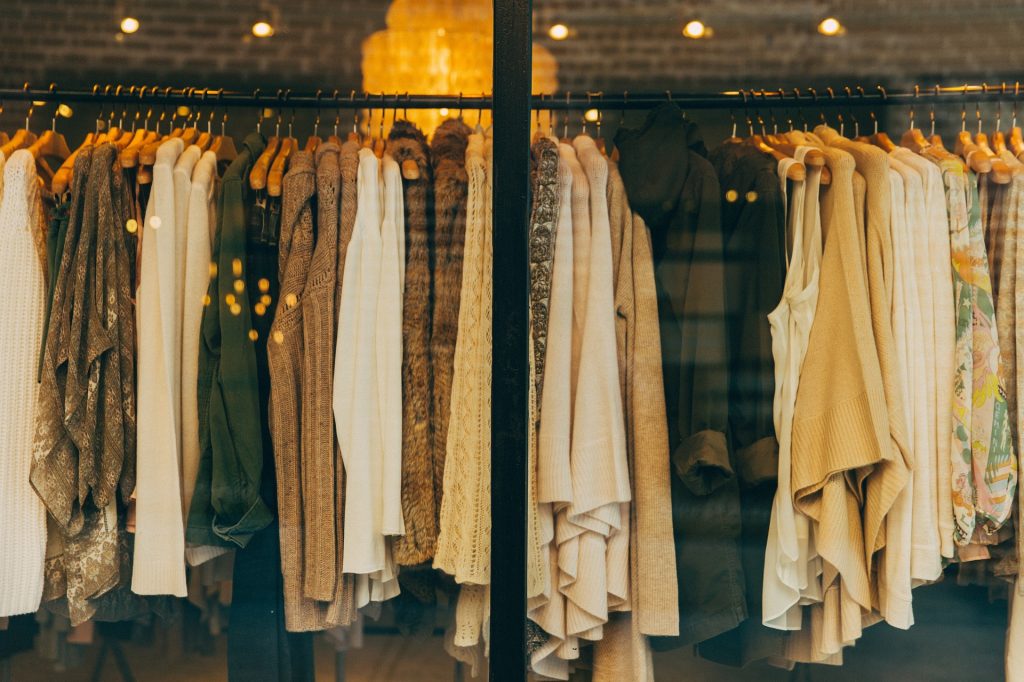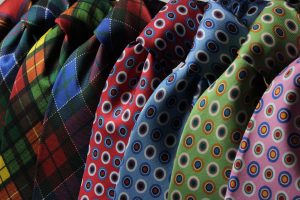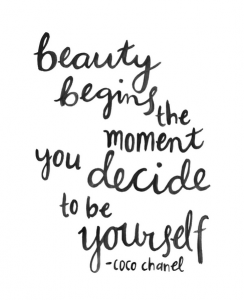 They say, “dress for the job you want, not the job you have.” If that was the case for me, I’d be wearing a tiara and be dressed like Belle. Alas, a professional princess is a position that isn’t widely available. Dress codes are quite common in the professional world, some more relaxed than others. What you wear can affect many things–how you feel, how others react to you, even how you perform. So, why do employers institute dress codes, why are there so many controversies surrounding them, and how does it affect the workplace?
They say, “dress for the job you want, not the job you have.” If that was the case for me, I’d be wearing a tiara and be dressed like Belle. Alas, a professional princess is a position that isn’t widely available. Dress codes are quite common in the professional world, some more relaxed than others. What you wear can affect many things–how you feel, how others react to you, even how you perform. So, why do employers institute dress codes, why are there so many controversies surrounding them, and how does it affect the workplace?
Why Dress Codes?
Believe it or not, dress codes are not created just to annoy employees and suppress their personal style. There are actually several reasons they are instituted. First and foremost, they are created because employees are an extension of the brand and organization. When we’ve discussed marketing practices in the past we’ve focused on making sure the goal and message are cohesive. Making sure employees have bought in and are representing your organization well are key. Dress is an extension of that. Another big reason for clothing requirements/uniforms is safety. Work on a construction site? You probably shouldn’t be wearing stilettos. It’s just common sense. Other times it may be for department identification. Many hospitals have employees wear specific colored scrubs unique to their work function so that they can be quickly identified in a large facility. Though dress codes can stifle our own personal style at times they do serve a purpose.
Controversies
There have been many stories in the media lately relating to dress and they are typically controversial topics. The most recent clothing-related debacle involves United Airlines and several young girls in yoga pants. A bystander tweeted her dismay when she saw young girls being turned away from boarding due to their dress because they were wearing leggings. This created a social media storm! However, the tweet did not convey the whole story. The girls and their family were flying on employee benefit tickets which meant they were held to different standards as they were representing the brand. This is now causing a PR mess for the airline as many who are not familiar with industry standards are chiming in. In reality, this rule is quite common for major airlines, some go as far as to require formal business clothing. Though requirements like these are common and meant to promote the brand, sometimes they can cause more issues than they are worth. As an employer, sometimes you need to pick your battles; dress and style are very important to people and creating controversies around them can be counterintuitive.
Effects on Performance and the Workplace
Marketing purposes aside, is there any upside to having outlined policies? Do employees perform better or worse when they are given strict guidelines? How do you write a policy that will be agreeable for a multigenerational workplace?
Yes, dress can affect performance! Several studies have shown that dressing more formally can boost performance in individuals, especially for those in participating in competitive tasks. The studies have found that an elevated level of dress helps to elevate one’s feeling unstoppable, but there is a flip side. If what I am wearing is uncomfortable it doesn’t matter how awesome I think I look, I am miserable, and it shows. Ever work a long retail shift with a blister on both heels and forget a change of shoes? Believe me  when I say your customer service skills falter.
when I say your customer service skills falter.
Guidelines are welcomed by employees. Clear and consistent clothing policies are welcome and important to employees. It takes the gray area and interpretation out of things. You can still have a relaxed code and still have a clear cut policy.
Make sure you consider the multigenerational workplace. Now, the workforce can include Baby Boomers to Generation Z and all those in between. Each group has its own sense of what is appropriate when it comes to workplace fashion. Those closer to the Baby Boomer’s end of the spectrum will tend to be more conservative as Millennials and Generation Z cohorts are more casual. The current trend now is to lean more towards business casual to appease all involved.
What we wear is an outward expression of our personalities. Dress codes can but a damper on this but organizations have good reasons to institute them. As long as dress codes are consistently enforced and clearly written they can be beneficial to performance. You can still have fun with the policy, too, by creating special dress days to encourage company cohesion around a special event. Also remember, you can always express yourself through fashion in small ways even under the most stringent codes by utilizing small accessories like a handbag or watch.
What kind of dress code does your office have?

